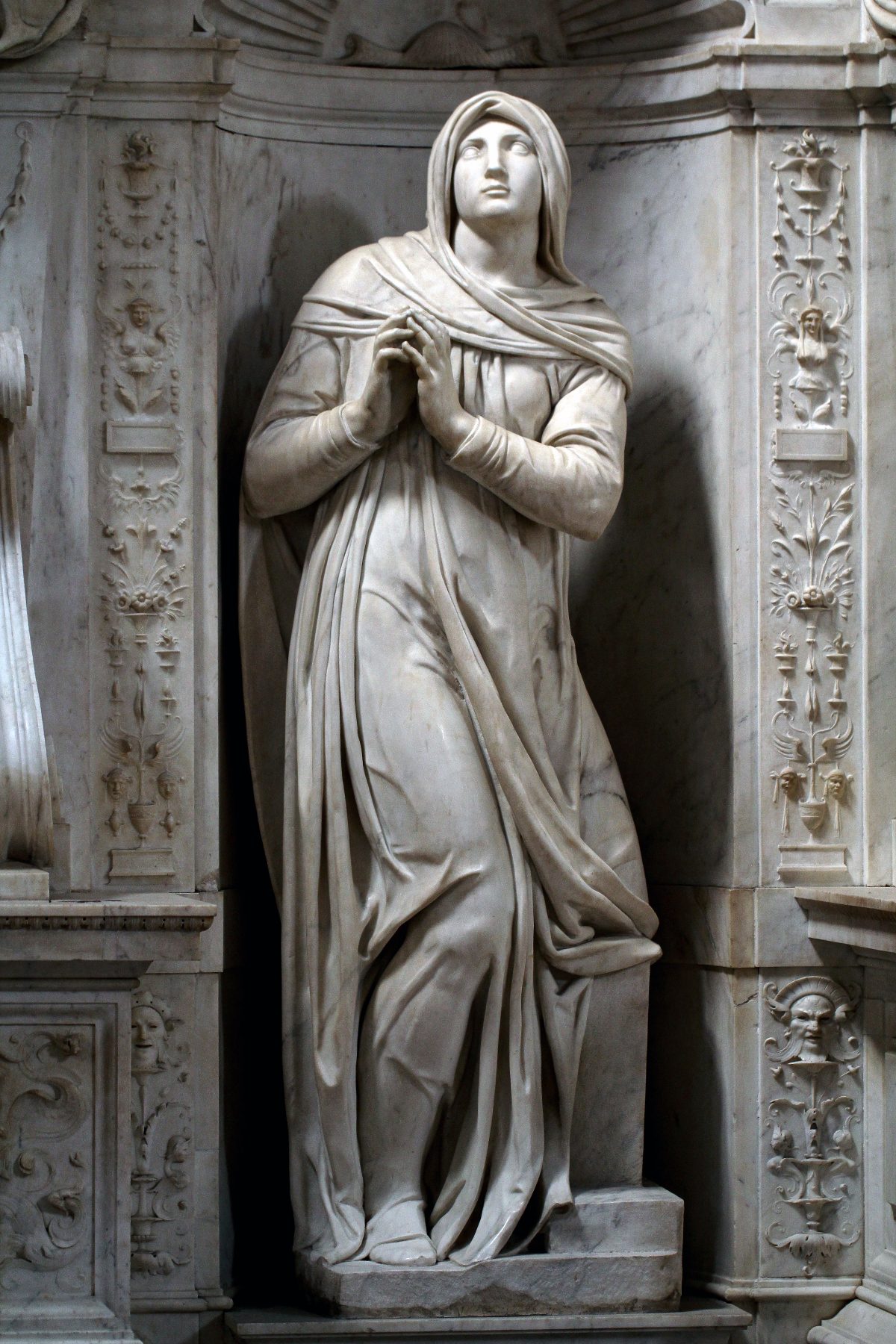
In 1554, the Italian chronicler Giorgio Vasari wrote to Michelangelo entreating the 79-year-old to return to his native Florence from Rome, where the artist had lived for the past four decades. “I would be very glad to lay down my fragile bones beside my father’s,” Michelangelo replied, “but if I left here now, I would be the cause of a great disaster in the construction of St. Peter’s, of great shame and of great sin.”

In truth, Michelangelo’s bones weren’t so fragile — he’d go on to live another 10 years. But the letter does reveal the near-octogenarian’s immense sense of duty and devotion towards his final master work, the construction of St. Peter’s Basilica. Now out in paperback, Michelangelo, God’s Architect: The Story of His Final Years and Greatest Masterpiece by William E. Wallace (Princeton University Press, 2021) traces the last 18 years of Michelangelo’s life, a period dominated by the challenges of designing and building the world’s largest church. In delving into Michelangelo’s heartbreaking personal trials and dazzling professional innovations, Wallace’s book paints a complex portrait of this tortured and talented Renaissance man and excavates a lesser-known but crucial final chapter of the artist’s approximately 75-year career.
Michelangelo may be best known for works from his early and middle life, like the “Pietà,” “David,” and the “Sistine Chapel,” but his last two decades were his busiest. Working under a succession of five popes, Michelangelo installed the monumental Julius tomb; painted giant frescoes in the Pauline Chapel; designed half a dozen building projects; and supervised scores of other architectural and sculptural works around Rome. Most importantly, in these years, Michelangelo learned to channel his creativity through others, effectively expanding his artistic identity from painter and sculptor to designer, project manager, entrepreneur, consultant, and, as Wallace argues, the world’s first “starchitect.”

How did he do it all? Michelangelo was a tireless and inventive creator, but he also had much more time than most. In an era when the average life expectancy was around 40 to 45 years old, the artist died just a few weeks shy of his 89th birthday. In fact, one of the most compelling aspects of Wallace’s book is its exploration of how Michelangelo’s uncommonly long life — he outlived most of his family members and friends — impacted the artist’s psyche. Wallace primarily does this through letter excerpts and, most poignantly, through Michelangelo’s deeply personal poetry, which often pits the artist’s private losses against his faith. After the untimely death of his beloved assistant Urbino, for example, one of Michelangelo’s verses reads, “What are You still expecting, Lord, from me?”

This is Wallace’s third book on Michelangelo. He knows his subject intimately, and his expertise extends to some surprising territory. Wallace dedicates plenty of space to the ups and downs of Michelangelo’s extensive building projects and to the artist’s brilliant technical know-how and management skills. But his extremely readable, engaging book also gives us a feel for the sights, sounds, smells, and even the tastes of Michelangelo’s Rome, describing the artist’s diet and daily habits in fascinating detail. We learn, for example, that Michelangelo often shared the exquisite cheese, fruits, sausages, ravioli, wines, and other Tuscan specialties that his nephew sent from the Buonarroti family estates with Pope Paul III, the artist’s friend and patron who first commissioned his work on St. Peter’s. Wallace also refutes the myth of an antisocial Michelangelo, uncovering the artist’s bustling household of servants, aids, and site managers (who often lived with the artist), and reveals the unmarried, childless artist to have been a tender godfather and protector to Urbino’s young children.
At the book’s core is Michelangelo’s struggle with the loneliness of aging, which he confronts time and time again through his dedication to his work and his growing religiosity. Wallace’s book shows us what pushed the not-so-fragile artist forward against all odds.
Michelangelo, God’s Architect: The Story of His Final Years and Greatest Masterpiece by William E. Wallace is now out in paperback from Princeton University Press.
0 Commentaires